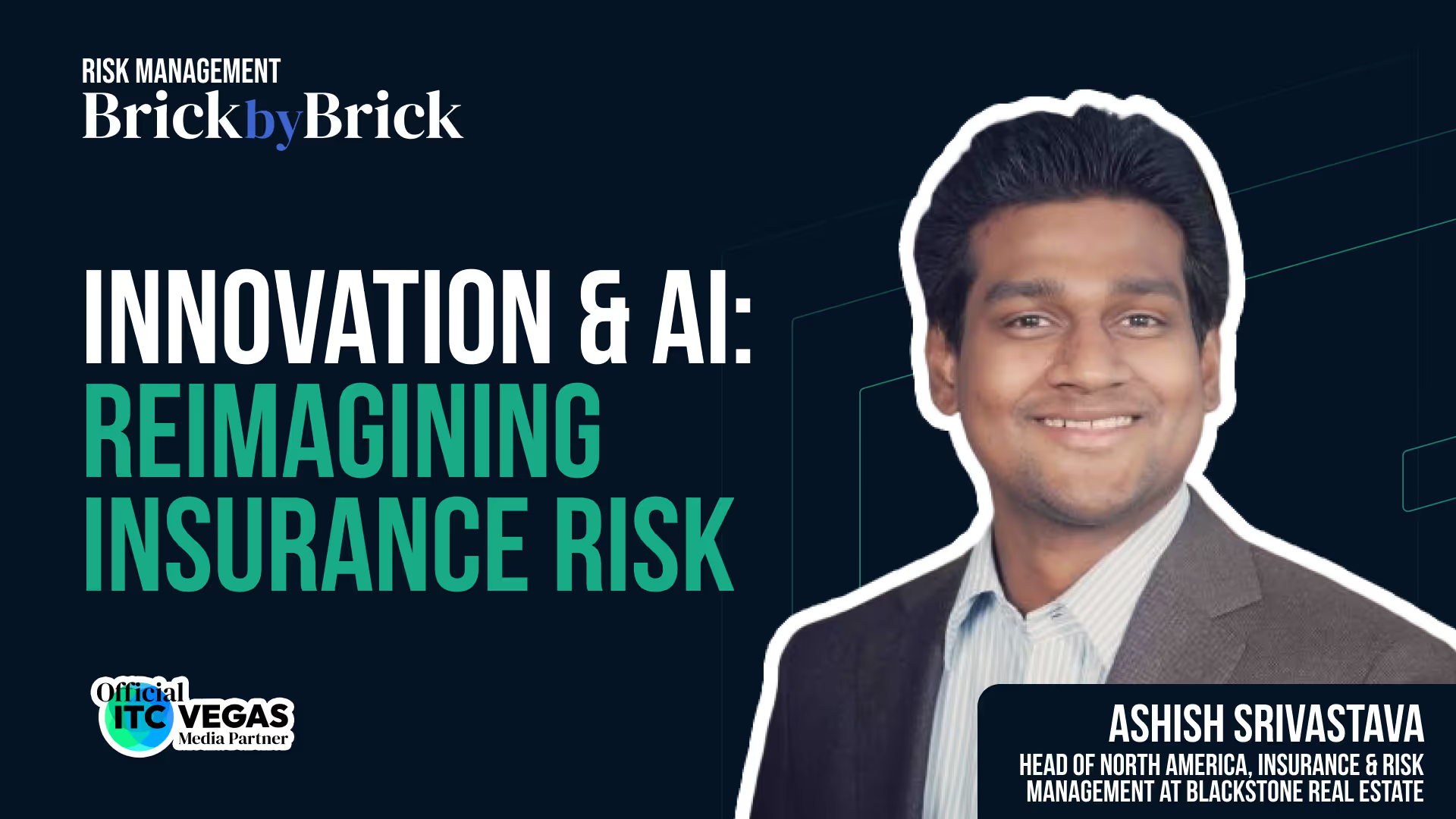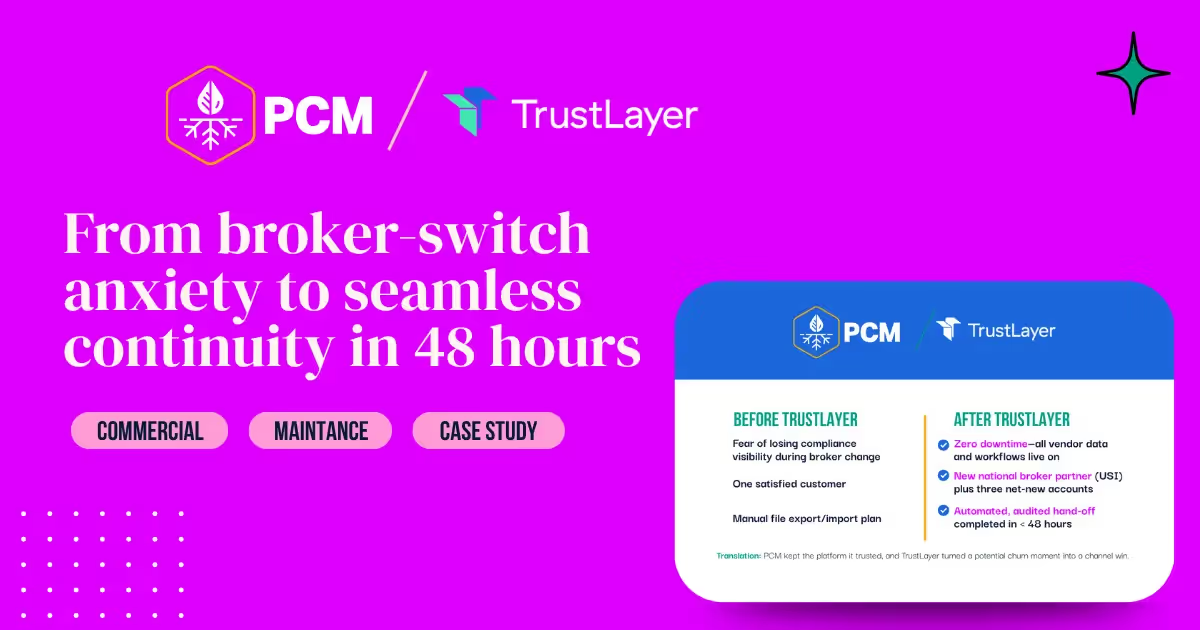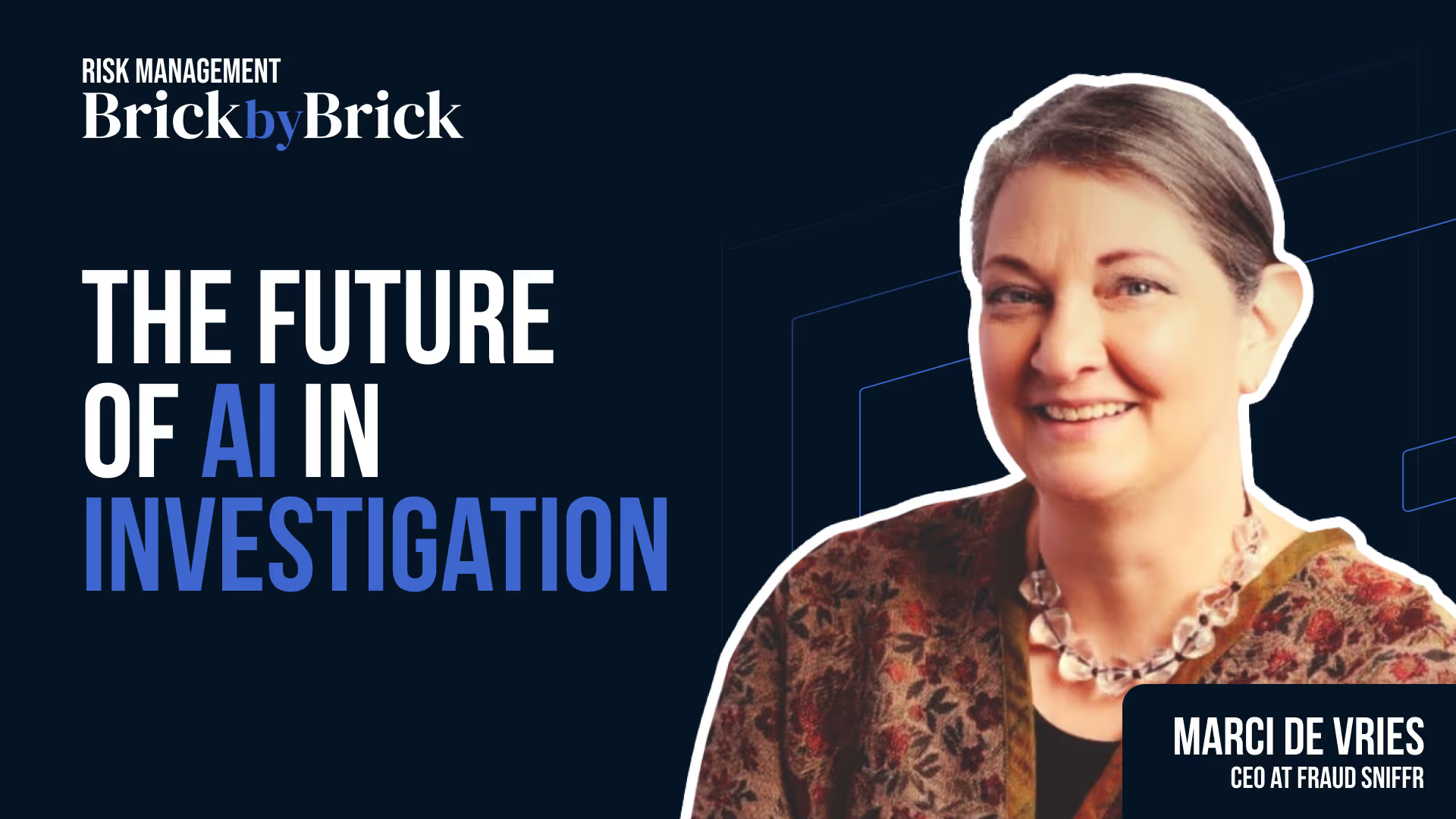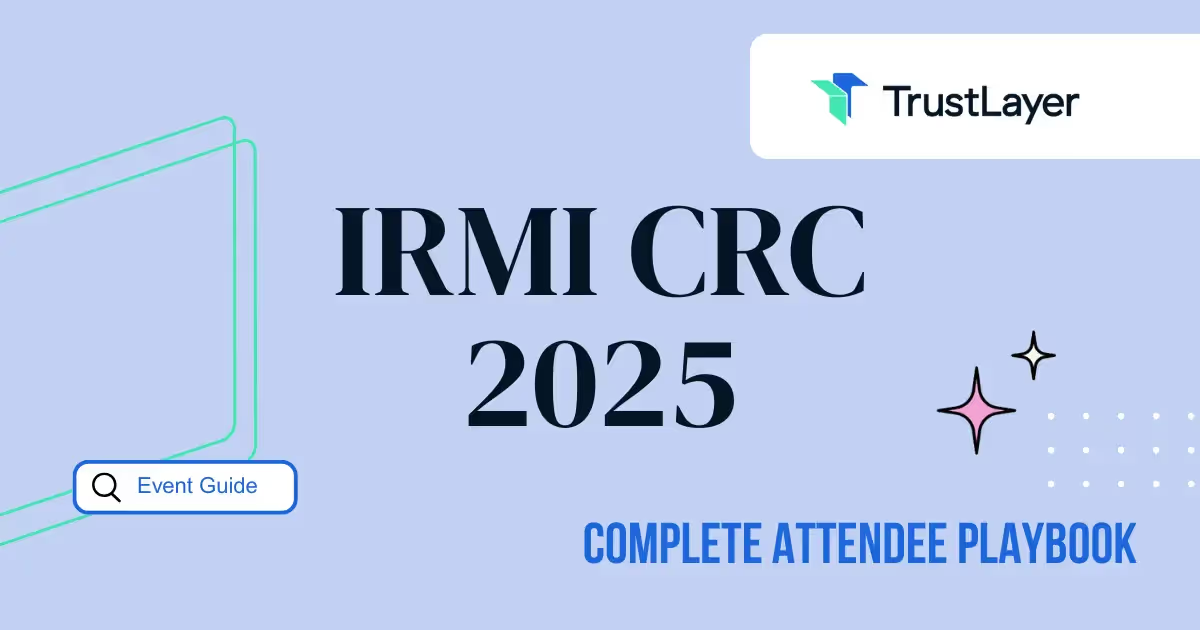Building a Safety Culture: Lessons from Aviation for Risk Management with James Benham
.avif)
On the latest episode of Risk Management: Brick by Brick, Jason Reichl is joined by James Benham, founder of JBKnowledge and experienced pilot, who shares insights on innovation in insurance technology, aviation safety practices, and the importance of education in risk management.
In this episode, Jason and James explore how AI and automation are transforming claims management, the value of knowledge sharing in risk mitigation, and the parallels between aviation safety and risk management practices.
To find out how TrustLayer manages risk so that people can build the physical world around us, head to TrustLayer.io.
Creating a Culture of Safety Through Protected Knowledge Sharing
The aviation industry offers valuable lessons for risk management professionals seeking to build stronger safety cultures. James Benham, drawing from his experience as a commercial pilot with seven ratings, highlights how the aviation industry's approach to incident reporting and knowledge sharing has created an environment where safety is paramount.
One of the most crucial elements is the legal protection offered to pilots who self-report incidents. Through the NASA reporting system, pilots can report issues without fear of prosecution, fostering an environment where mistakes become learning opportunities rather than sources of punishment.
"In medicine, doctors are not immune from prosecution, so they do not share when bad things happen. In aviation, we share every bad thing that happens because we all want to learn."
This systematic approach to knowledge sharing ensures that one pilot's experience becomes a learning opportunity for the entire community. The Air Safety Institute creates accident recreation videos, allowing pilots to study past incidents and make better decisions in similar situations. This practice has direct applications in risk management, where organizations can create protected environments for reporting issues and sharing lessons learned.
Innovation in Claims Management: Beyond AI Hype
While artificial intelligence dominates many conversations in insurance technology, Benham emphasizes the importance of focusing on practical, immediate solutions to real-world problems. Having spent two decades in the insurance technology space, he's witnessed the evolution from paper-based systems to complex digital workflows.
The insurance industry, contrary to common perception, was among the early adopters of technology, moving from paper to mainframe systems before many other sectors. However, this early adoption has created its own challenges, with many carriers now managing multiple legacy systems that don't always communicate effectively.
"The reality is, like, half of our adjusters spend their time just answering phone calls from medical providers on when their bills are gonna get paid. And that problem can be solved with a bill lookup portal instead of a really complicated AI solution."
Benham advocates for a scientific approach to problem-solving, encouraging technology companies to spend more time studying their users and understanding real-world challenges. This means sitting with adjusters and underwriters, observing their workflows, and identifying opportunities for meaningful improvement.
Education as a Cornerstone of Risk Management's Future
The future of risk management heavily depends on attracting and educating the next generation of professionals. As vice chair of Texas Southern University, Benham has firsthand experience in developing programs that bridge the gap between academic learning and industry needs.
He emphasizes the importance of combining finance and risk management education, acknowledging insurance as a crucial part of the financial services industry. This approach helps students understand the broader context of risk management while providing them with practical career paths.
"The key is to explain it to 18-year-olds in a way that gets them excited and then present a program that allows them to have choices. They can say, 'Hey, I can do investment banking or insurance,' and I'm gonna get a great education in insurance."
By showing students the societal impact of insurance—enabling construction projects, international trade, and various high-risk activities—educators can help them see beyond the traditional view of insurance as just another financial service.
To find out more about third-party risk management, tune in to this episode of Risk Management: Brick by Brick.
Apple: https://apple.co/3UB8H68
Spotify: https://spoti.fi/4eabw52
Podcast Host: Jason Reichl
Executive Producer: Don Halliwell
















